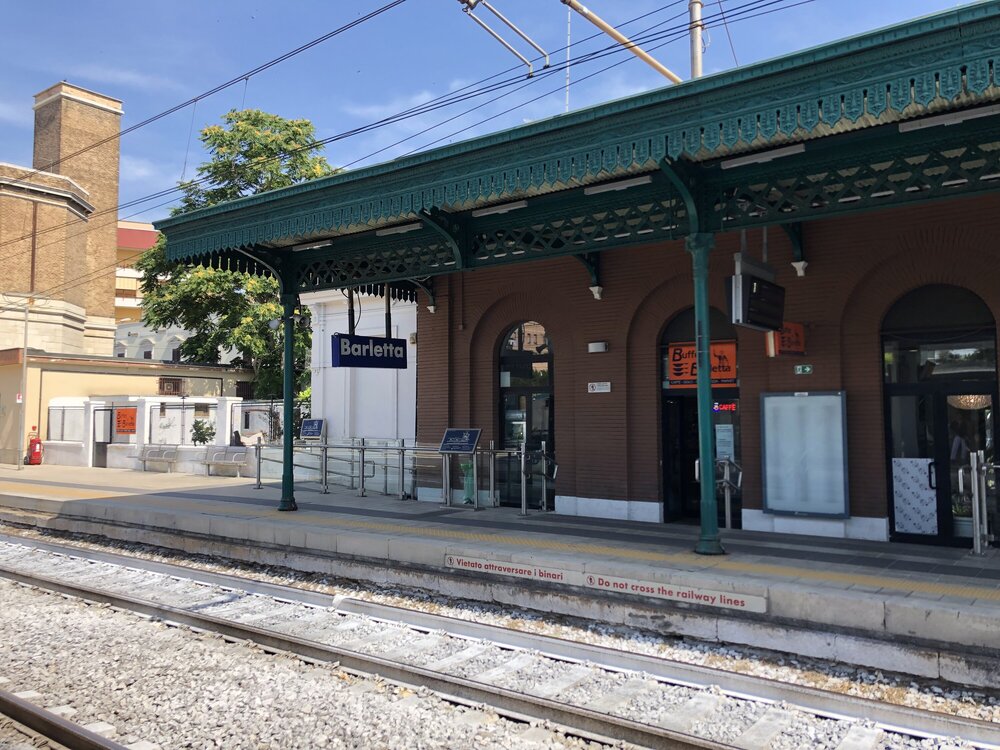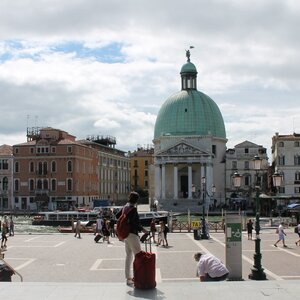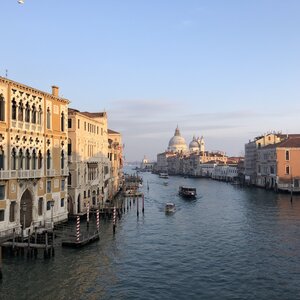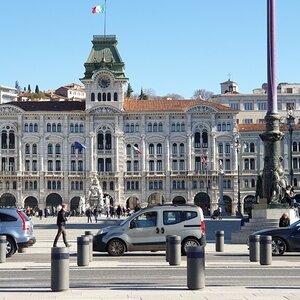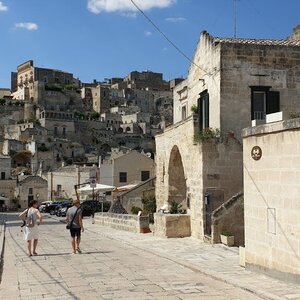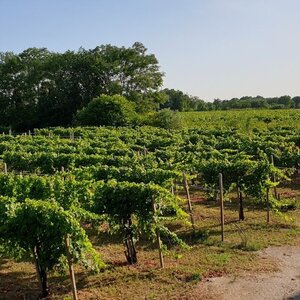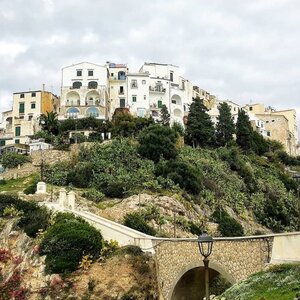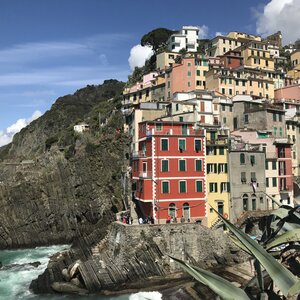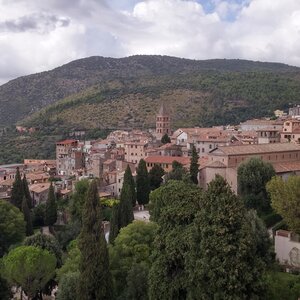The large by Italian standards city (almost 100 thousand inhabitants) is located 65 km from Bari. And it is a good option for a vacation in the northern part of Puglia. If you want to combine a relaxing vacation on sandy beaches with a tour of the region’s main attractions, choose Barletta instead of Bari.
How do you spend a week (or two) of vacation in Barletta?
- Take two or three days to relax on the beaches and explore the town’s sights, and try to catch the dolcefarniente, the Italian for «sweet nothing to do». If you’re lucky enough to catch the theater season, you can go to the Crucian Theater one evening.
- Take a trip to the neighboring towns of Trani and Andria. Trani is only 7 minutes away by train, Andria 40. A little further north you can drive to the Gargano National Park — this is the «spur» of the boot, on a peninsula jutting out into the sea — it has beautiful and scenic spots and wild beaches where the locals go to hide from the tourists.
- Set aside an evening or two for a walk around Bari. The regional capital is only 40 minutes away by train. In summer in Puglia you can walk around the cities only after 17:00 — in July the heat in hot Bari rises from 11:00, and everything interesting in the afternoon is closed for siesta.
- Drive to the legendary rocky beaches of Polignano-a-Mare and Monopoli — you can see them all in one day. The drive takes about 2 hours one way, but it’s unforgivable to visit Puglia without seeing one of Italy’s most picturesque beaches.
- A little further south, drive to Alberobelo and walk among the snow-white round houses and stone roofs, as if built according to illustrations from a children’s book about Snow White and the Dwarfs. The drive also takes about 2 hours.
I’ll tell you more about each item.
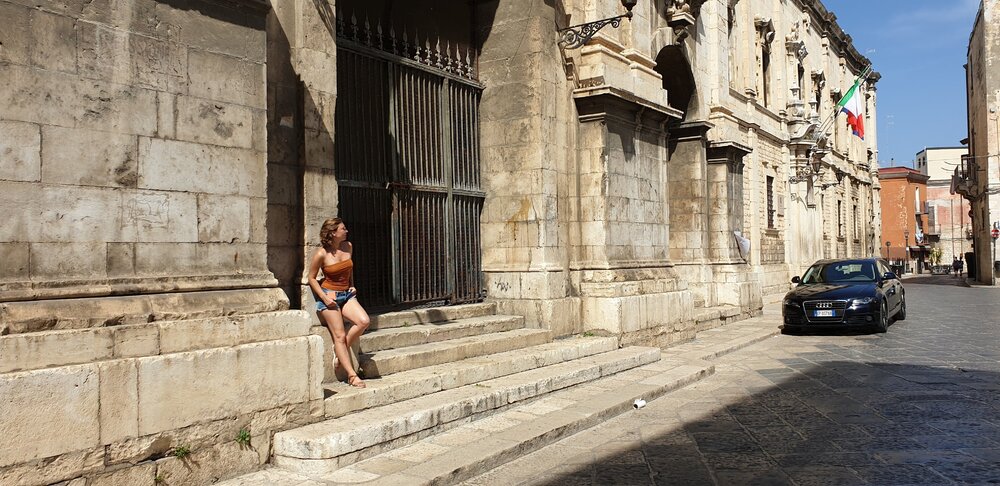
What to see in Barletta
Barletta is proud of a few facts of history:
- The biggest event of the Second Punic Wars took place here when Hannibal defeated the Romans.
- In 1503, the national consciousness of Italians «awoke» here.
- Right on the main city street stands the largest antique bronze statue that has survived to this day. It’s real.
- The 12th-century city castle is among the rare Swabian castles — the heritage of a now-defunct state.
Swabian Castle (Castello Svevo)
The main attraction of Barletta is the majestic castle, which was built during 4 historical periods: Norman (XII century), Swabian (XIII century), Anjou (XIII–XIV centuries) and Spanish (XVI century). Each period left its mark on the castle’s appearance.
The castle rises above the sea, on the edge of the old part of the town. It is now a museum, library and art gallery with paintings by the masters of Barletta. In the museum you can see the only surviving bust of Frederick II of Swabia, Emperor of the Romans, King of Sicily, King of Jerusalem, King of Italy and Germany and creator of the famous 8-sided castle of Castel del Monte.
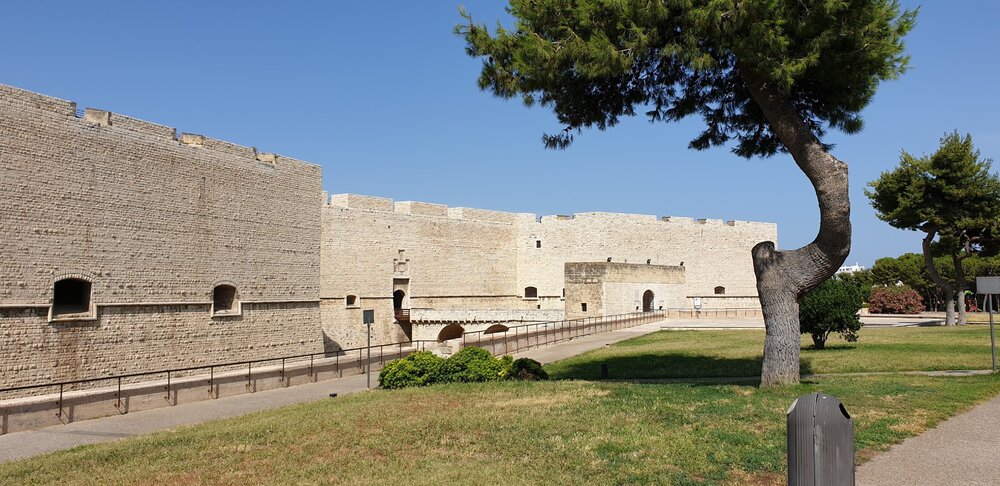

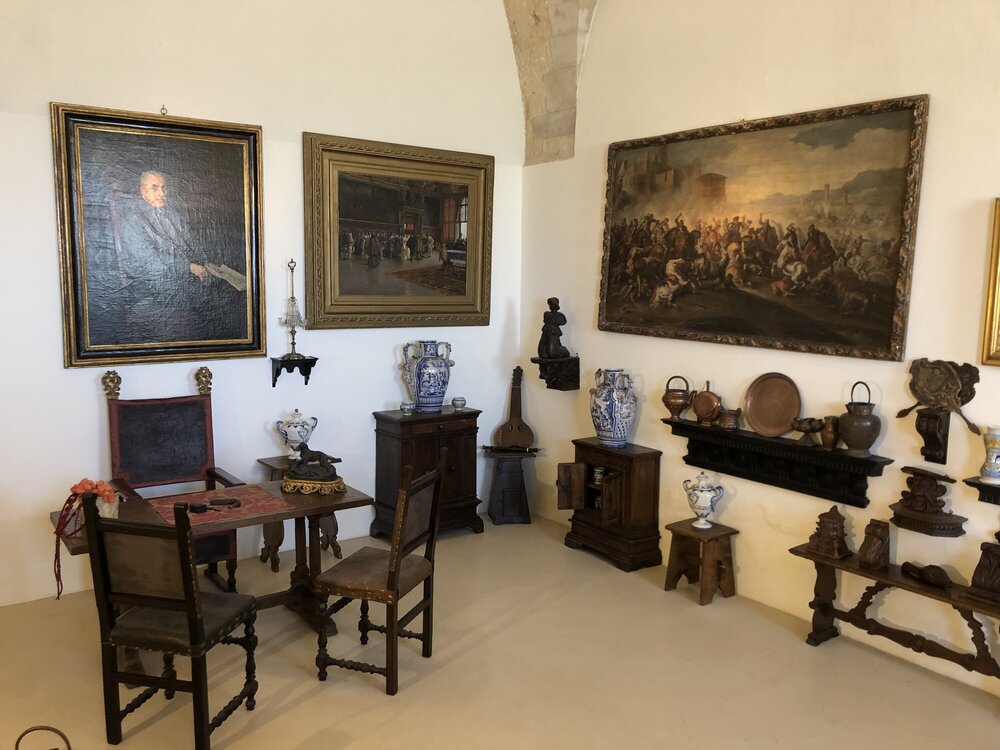
The castle inside didn’t strike me as something outstanding, which is worth a visit. But it is cool even in the height of summer and somehow deserted. Here you can hide from the heat and take a siesta while everything else is closed.
- Opening hours are Tuesday through Sunday 9:00—19:00 in the winter and 10:00—20:00 in the summer. The ticket office and the entrance are closed 45 minutes before the castle closes.
- Admission is 6 €, free on the first Sunday of the month.
- The castle doesn’t have a website, but here you can check prices and opening hours before traveling.

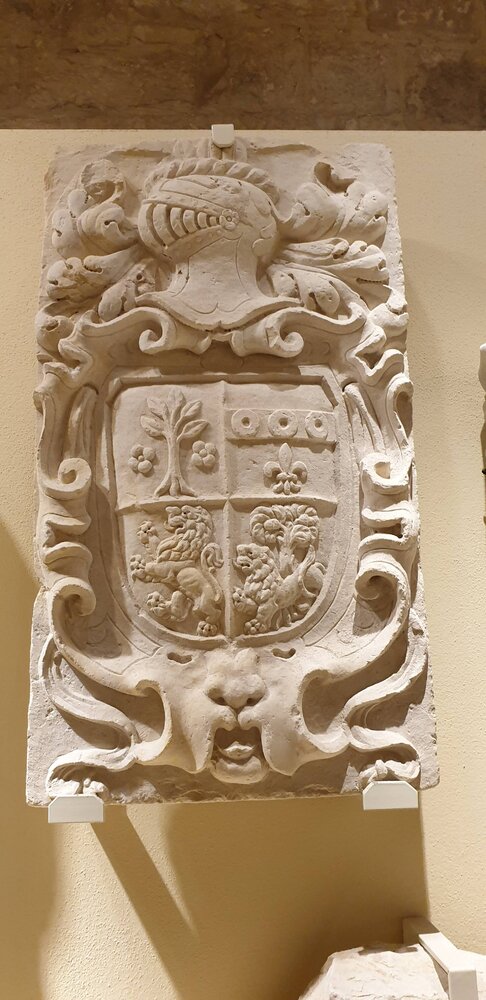
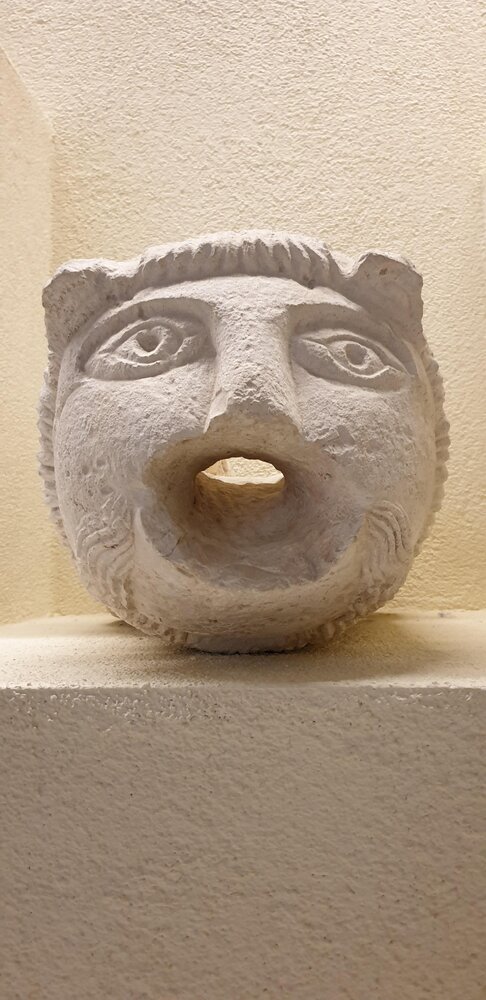
Cathedral of Santa Maria Maggiore (Cattedrale di Santa Maria Maggiore)
Located in the heart of Barletta and next to the Swabian Castle, the Cathedral of Barletta is the co-cathedral of the Archdiocese of Trani Barletta-Bichelieu. It was built for almost 3 centuries, from 1126, so its architecture is both Gothic and Romanesque. There are not so many Gothic churches in the south of Italy, and Apulian-Romanesque architecture in general is found only on the «heel». And the most striking event from the history of the cathedral is the coronation of the Neapolitan King Ferdinand of Aragon.
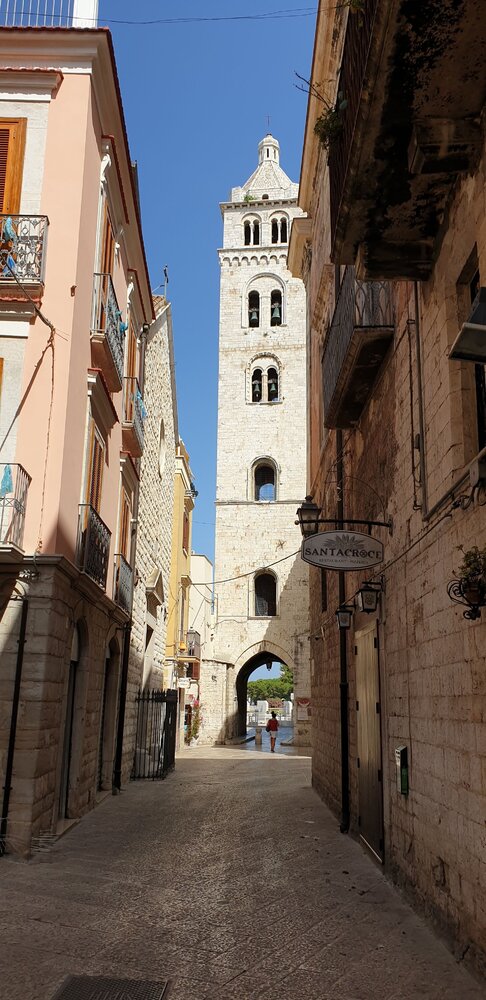
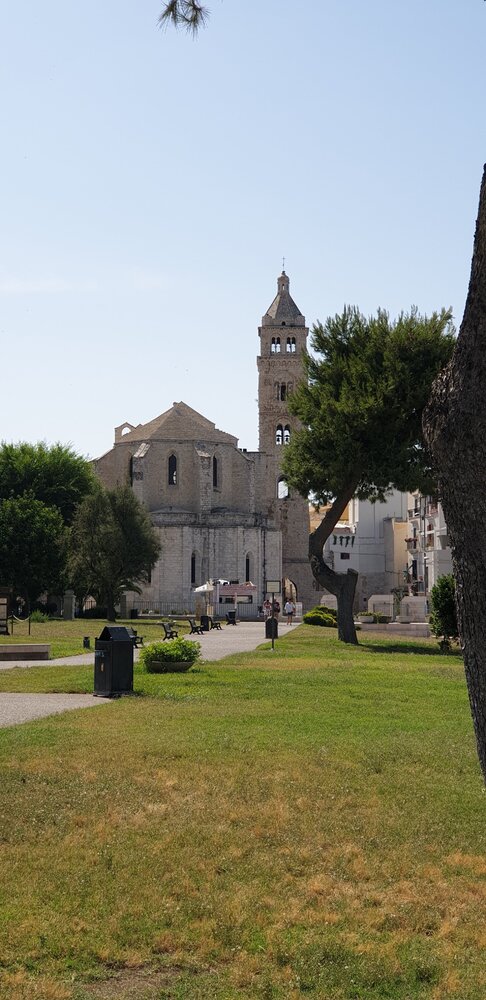
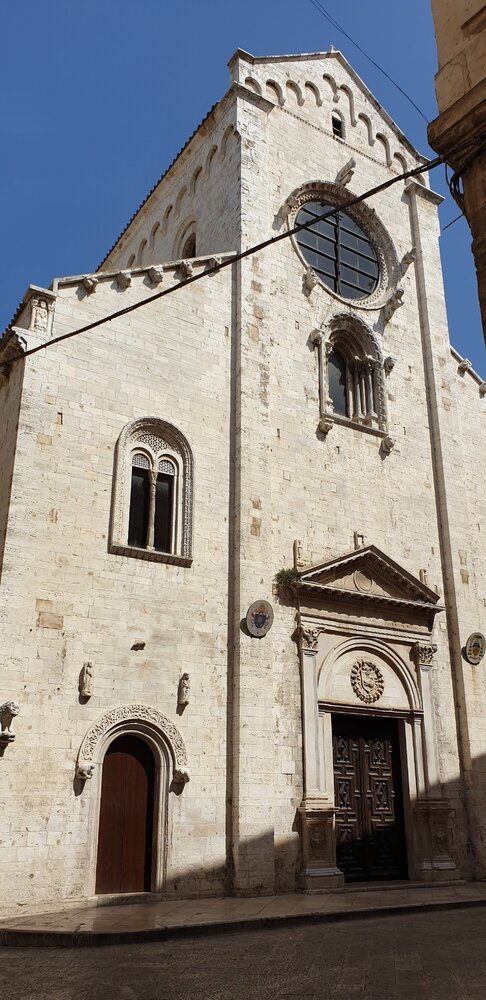
Back in the VI century there was an early Christian basilica on this site (its excavations can be seen in the catacombs of the Cathedral), and before it, in the III–IV centuries BC — the temple of Neptune.
- Hours of operation are Monday through Sunday 8:00am-12:00pm, 4:00pm-20:30pm.
- Admission is free.

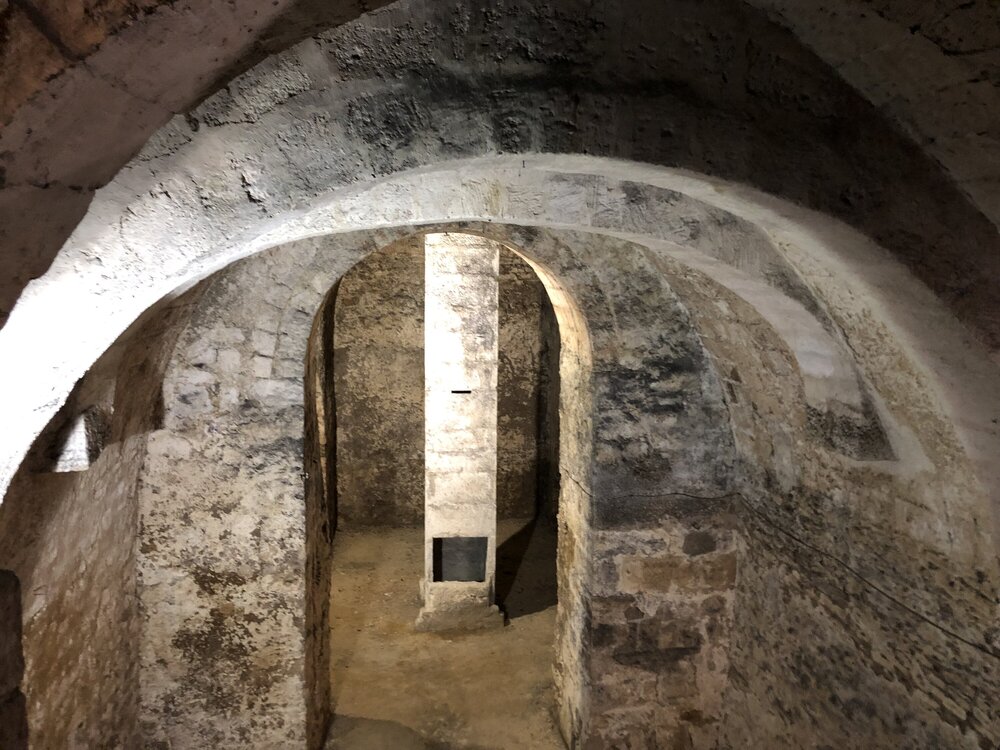
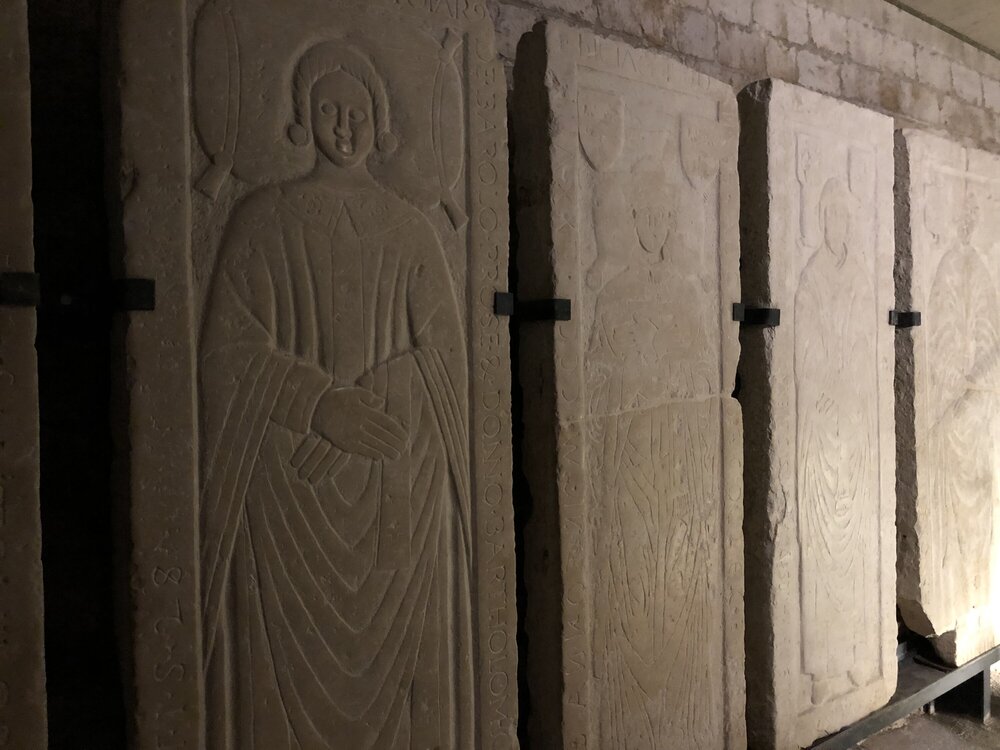

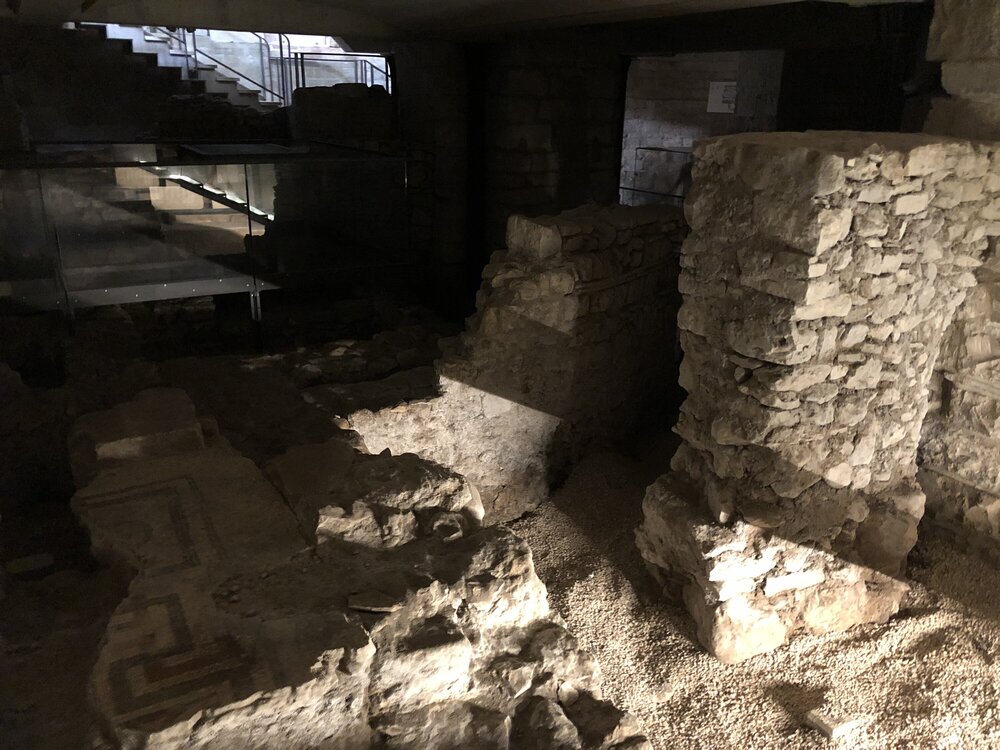
Colossus of Barletta (Colosso di Barletta)
The symbol of the city and its second big attraction, together with the castle, is a huge statue more than 5 meters high. It is the only antique bronze statue not in a museum, but on the street. It is not known exactly who it represents, but it is definitely a Byzantine emperor: the statue has all the regalia that an emperor should have — a crown, a cross in his right hand and a sphere in his left.
Initially, because of the cross in his right hand, it was attributed to Emperor Heraclius, who captured the Holy Cross from the Persians. However, the history of Heraclius dates back to the 7th century, and the statue, according to the modern opinion of researchers, was made in the 5th century, so now it is considered to be the image of Emperor Theodosius I — this is hinted at by the Byzantine diadem and the ring in the hair on the right.
The statue appeared in Barletta in the XIII century. According to legend, it was abandoned by Venetians near the local shores — returning from Byzantium after the Crusade, they were caught in a storm and got rid of the heavy cargo.
In the ancient world, there were many statues of similar scale. In the Middle Ages they were melted down for bells and weapons, and today Colossus is one of the few survivors. The torso and head of Colossus are original, V century. But the legs and arms are supposedly newer: allegedly in the early XIV century, the real limbs sawed off the Dominicans for the manufacture of bells, and restored later.
There is a legend in Barletta how Colossus once saved the city from the Saracens. When their ships approached the shores, he went down to the sea and pretended to weep. The Saracens were at first frightened of the giant, then came close to him to find out the reason for his tears — and then were frightened again and retreated. The giant «confessed» that he was being mocked by the townspeople because of his small stature. The Saracens thought — and decided not to mess with a town where a 5-meter tall giant is considered a stunted dwarf.
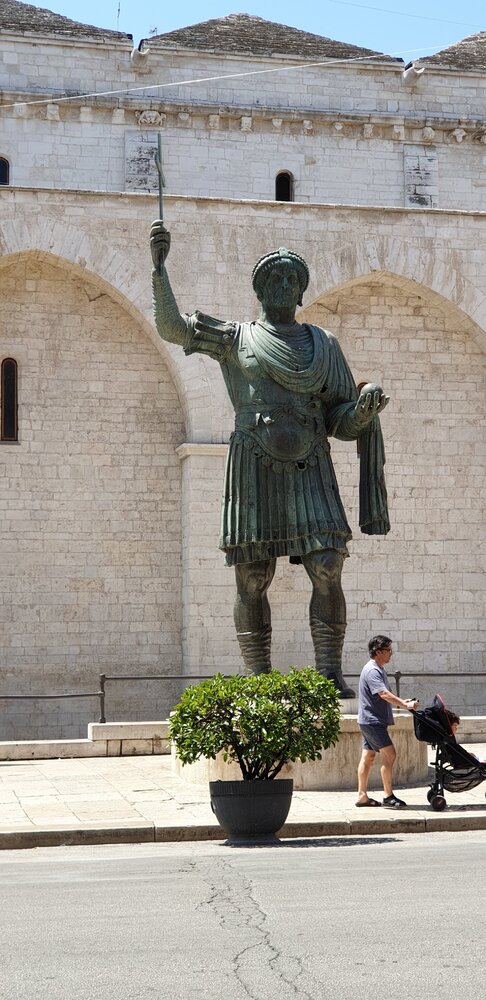
Basilica of the Holy Sepulchre (Basilica San Sepolcro)
The Colossus and the Basilica of the Holy Sepulchre are the first landmarks of Barletta’s historic center, they separate its old town from the new.
The Basilica of San Sepolcro was once on the route of pilgrims to the Holy Land and Crusaders on the road from the port of Barletta to Jerusalem — hence its dedication to the Holy Sepulchre.
Via Vittorio Emanuele (Corso Vittorio Emanuele)
Vittorio Emanuele Street, which begins with the Colossus and the Basilica of the Holy Sepulchre, is the most paraded and lively street in the city. It is lined with cafes, bars, gelaterias, stores and theTeatro Curci, the center of attraction for locals. Even during siesta you can find a bar with a cold beer, and in the evening the street is closed to automobile traffic and citizens and tourists flock here. They stand, sit and stroll along the promenade street, eating ice cream and discussing something very animatedly.

Pinacoteca Nittis (Palazzo della marra)
In the historic center of Barletta is the Baroque palace Palazzo della Marra, which, according to the local tourist office, is one of the best examples of Baroque architecture in Puglia. The building was built in the second half of the XVI century and has changed many aristocratic owners. The palace now houses the gallery of the most famous native of Barletta, the impressionist painter Giuseppe de Nittis.
The palace is valuable not only and not so much for its art collection. The palazzo’s special attraction is its preserved Baroque interiors with painted walls and interior balconies, as well as a loggia overlooking the sea and beaches.
- Hours of operation are Tuesday through Sunday 9:00 a.m. to 7:00 p.m. in the winter and 10:00 a.m. to 8:00 p.m. in the summer. The ticket office closes 45 minutes before the museum closes.
- Admission: 4 €. Single ticket to the Pinakothek and Swabian Castle: 8 €.
- Free admission on the first Sunday of the month.
- Website
Cantina della Sfida
Every year in September in Barletta there is a reenactment of the tournament Disfida di Bar letta (The Challenge of Barletta), which took place here on February 13, 1503 between Italian and French knights. This tournament is considered one of the first manifestations of national identity in Italy.
The essence of the conflict is the eternal dislike of the Italians and the French. French troops attacked the town of Canosa, which was defended by Spanish-Italian troops. Several French soldiers were captured and taken to Barletta, but despite the difficult relationship, a dinner was given in honor of the captured Frenchmen. During the banquet, La Motte, a French nobleman, laughed at the Italian soldiers and the dinner ended with a challenge.
Two groups of knights, 13 Italian and 13 French, met in a tournament, which the Italians won. The French paid a shameful ransom, and Barletta acquired the name Città della Disfida (City of Trials). And very proud of this history: in 1833, the Italian writer Massimo D’Azeglio even wrote a historical novel «Ettore Fieramosca, or the Challenge in Barletta».
Every year the town holds a festival in honor of the significant date. Once again, guns and hooves clatter, flags are raised, soldiers march from the castle to the cathedral, ladies and gentlemen in medieval dress drink wine from ancient goblets. The date for the current year is published here: Disfida di Barletta.
If you didn’t make it to the tournament, you can visit the «very» tavern where the challenge was made — Cantina della Disfida. There is a monument with a description of the historical incident, and inside there is a small museum from that era.
- Opening hours are Tuesday through Sunday 10:00—14:00 and 16:00—20:00 from May through October; 09:00—13:00 and 15:00—19:00 in winter.
- Admission is free with a ticket to Swabian Castle or Nittis Pinakothek. Admission is free on the first Sunday of the month.
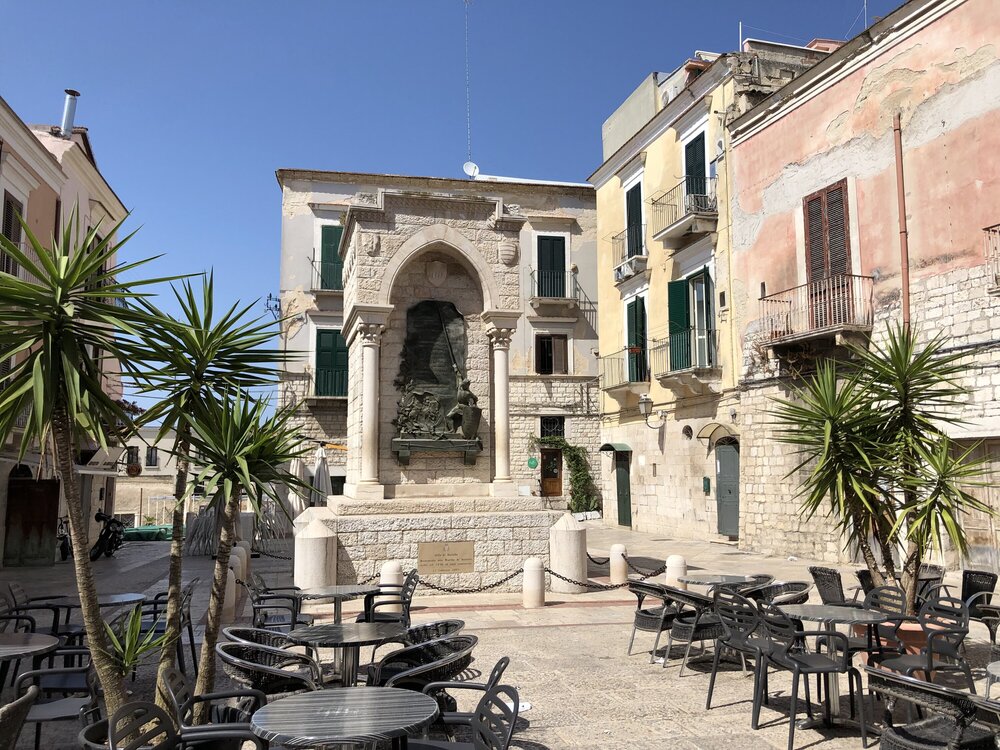
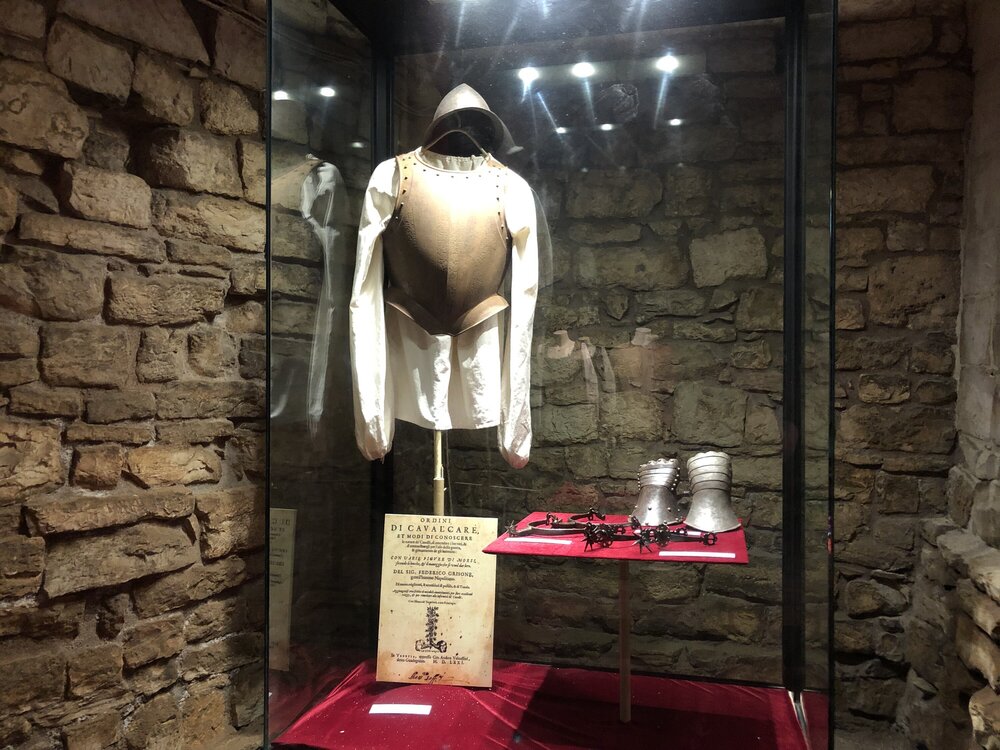
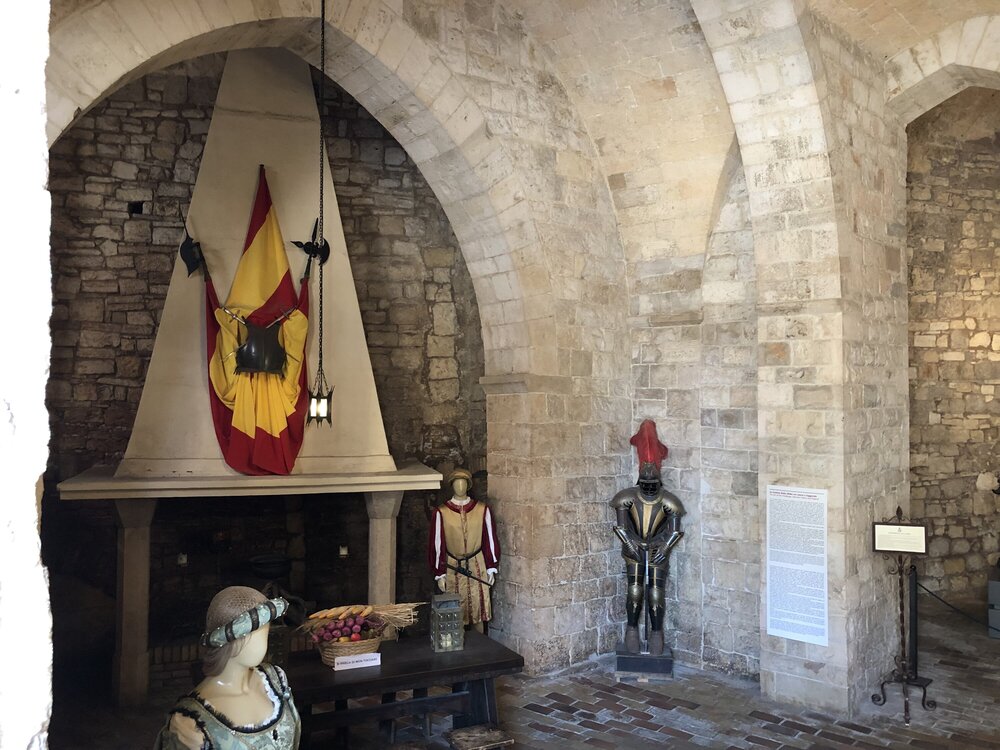
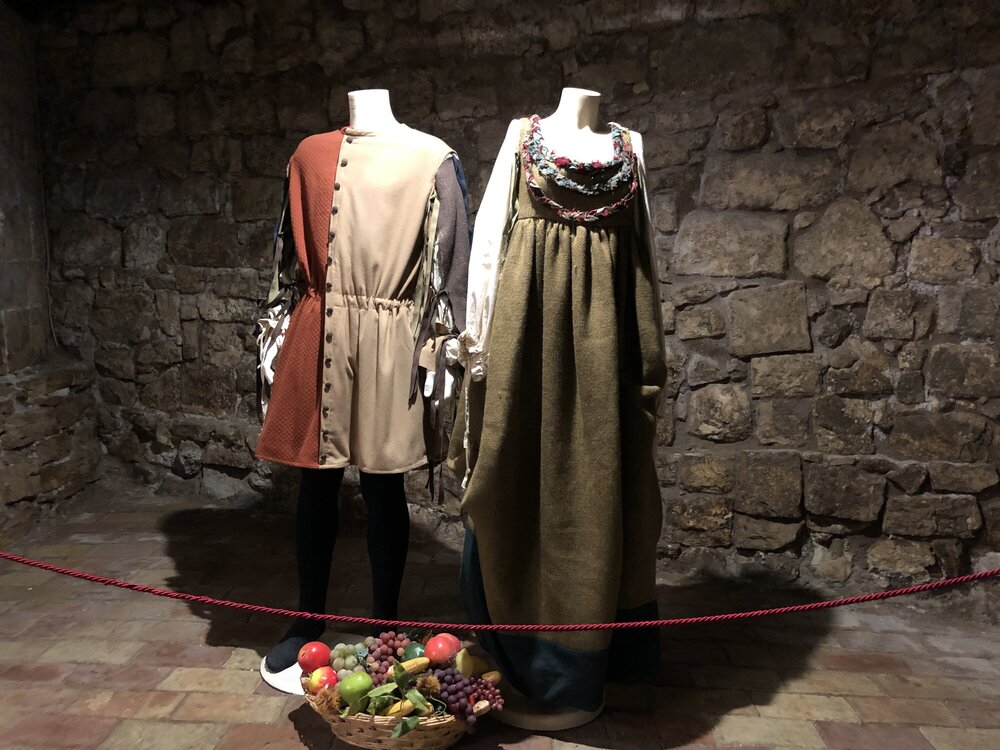
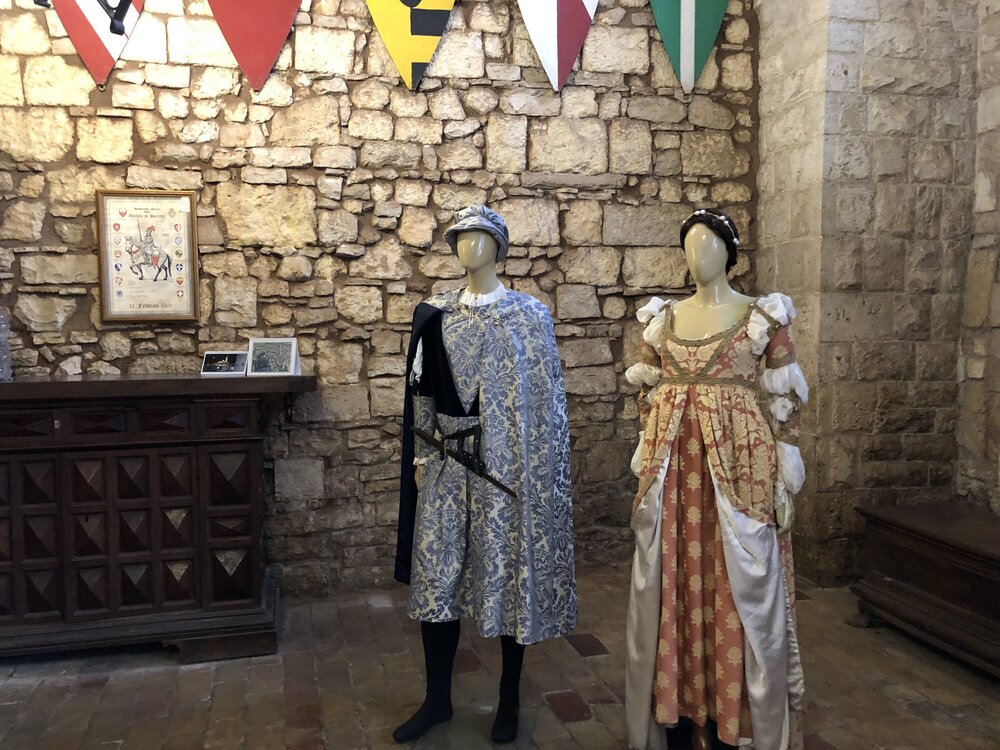

Beaches of Barletta
A town with 20 km of sandy beaches, it can’t help but be a resort. The beaches are not as picturesque as those in southern Puglia and the sand is not white but brownish-gray, but they are easily accessible from Bari and mainland Puglia. In summer, especially at weekends, Barletta is buzzing with tourists.
The beaches are a little away from the historic center, separated from the city by the remains of the fortress wall and a narrow road. Sometimes in summer, fairs, festivals, amusement parks and beach discos are held near the harbor and the place gets noisy until late at night.
There are public and private beaches in Barletta. The free areas are located on the side of the paid ones, where you can sit with your own towel and umbrella. The beach is quite wide, and there is no natural shade in the form of trees or walls, so you can sunbathe and not get burned only in the morning. During the day without an umbrella on the beaches of Puglia can not be without an umbrella — the sun is very active, you burn in an hour or two. And in the evening in the water — only evil biting plankton.
The same rule applies to beaches in Barletta as everywhere else: the farther away from the city center, the fewer people. The northernmost part of the beach is completely free. The northernmost part of the beach is completely free of charge.
If you get bored on the beach of Barletta, go to the beaches of neighboring towns. It’s harder to get there, so there are fewer tourists, more locals and the nature looks wilder. Guide to the northern beaches of Puglia
What to see near Barletta
Barletta is seldom visited for a long time — the average tourist visits for a day to see the Colossus, the castle and the cathedral. However, this town is convenient for exploring the northern part of Puglia: it has a convenient transportation network, from here you can easily reach all the sights and neighboring towns. Let me tell you what to do for a few days and where to go from Barletta.
Canne della Battaglia (Canne della Battaglia)
The first and main destination just a few kilometers from Barletta is Cannes, the ancient ruined city where the historic«Battle of Cannes» took place, one of the biggest battles of the ancient Punic Wars between the two greatest empires, Rome and Carthage. In 216 BC, the Romans suffered their biggest defeat at the hands of Hannibal, which greatly affected the balance of power in the Mediterranean.
Cannes is considered one of the most significant monuments of antiquity in Italy. Today, only ruins remain of the village. You can reach it by train, Canne Della Battaglia station.
Trani.
The closest neighboring town to Barletta and its rival for the attention of tourists is Trani. It is considered to be more expensive and more wealthy tourists come here because it has a marina with private yachts.
In Trani it is worth seeing the Swabian Castle, also built under Frederick II, and the main attraction of the city — the Cathedral of St. Nicholas Pilgrim (XII century), the patron saint of the city. This cathedral is called «the king of Puglian cathedrals» and inside it has several tiers, as if 3 churches were built one above the other.
Trani can be reached by train in just 7 minutes.
Andria and Castel del Monte
Andria was actually the residence of Emperor Frederick II, so there are several majestic sites preserved there: the Castel del Monte, the Ducal Palace, the Church of San Domenico and the Porta Santa Andrea, as well as several beautiful squares and a network of intricate old streets. It can be reached by train in 40 minutes.
Andria has a Museum of Sweets (Museo del Confetto), which displays a collection of antique tools used to make pralines.
And if you get to Andria, you can’t miss its main attraction — Castel del Monte, the famous octagonal castle of Frederick II on the hill, another UNESCO site.
Bari
To get to know the capital of Puglia, one evening will not be enough. I recommend setting aside two evenings or staying in Bari for a day or two on your way to the airport: walk around the large old town, visit the crypt with the relics of St. Nicholas the Wonderworker and try perhaps the world’s best octopus burger.
What to see in Bari: our guide
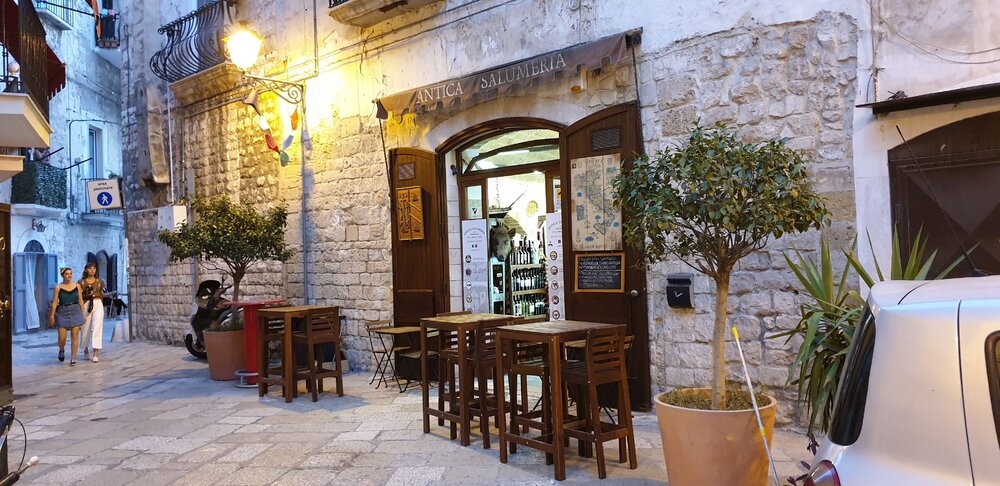

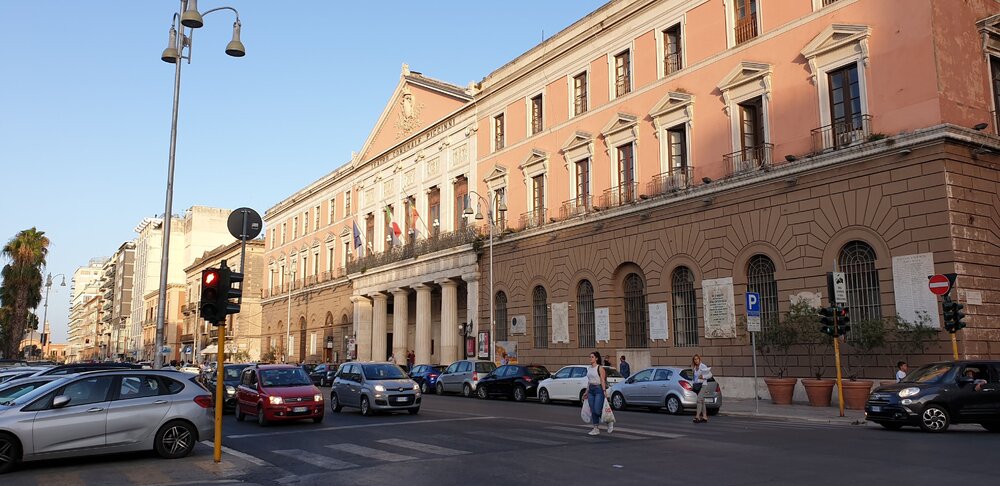

Polignano a Mare and Monopoli
About two hours by train separate Barletta, with its unsightly sand, from the postcard-perfect cliffs of Polignano-a-Mare, an expensive resort with a beach that ranks among the most picturesque, cleanest and most photographed in Italy. Just two hours and you’re in one of the most «Instagrammed» places on the planet.
An electric train ticket from Barletta to Monopoli costs 7.2 €.

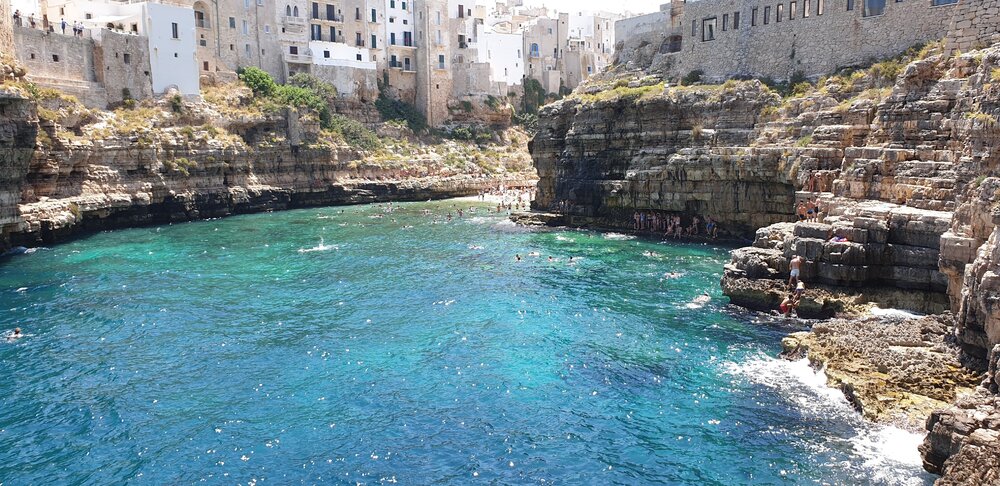
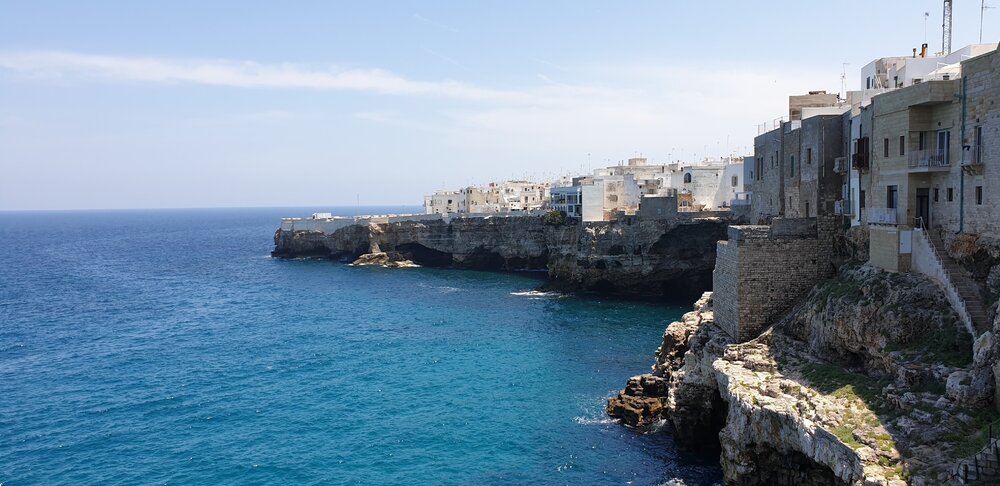
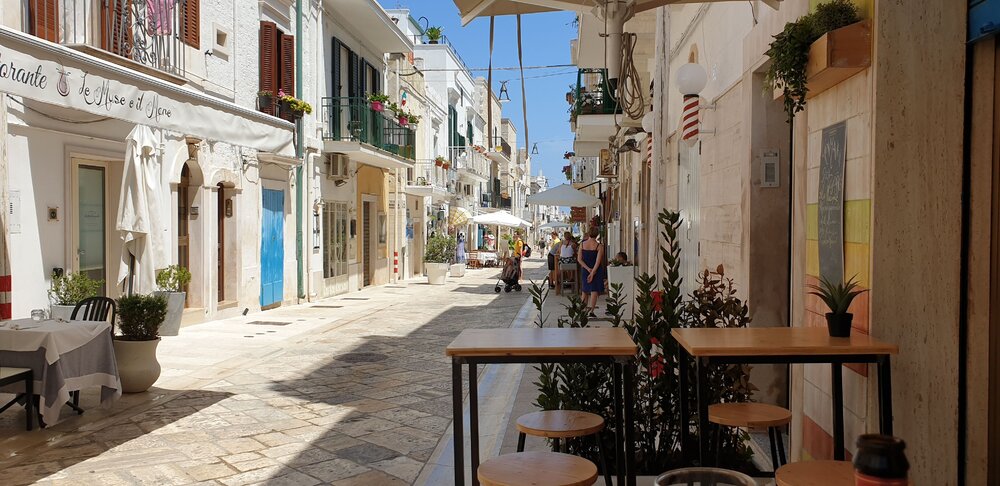
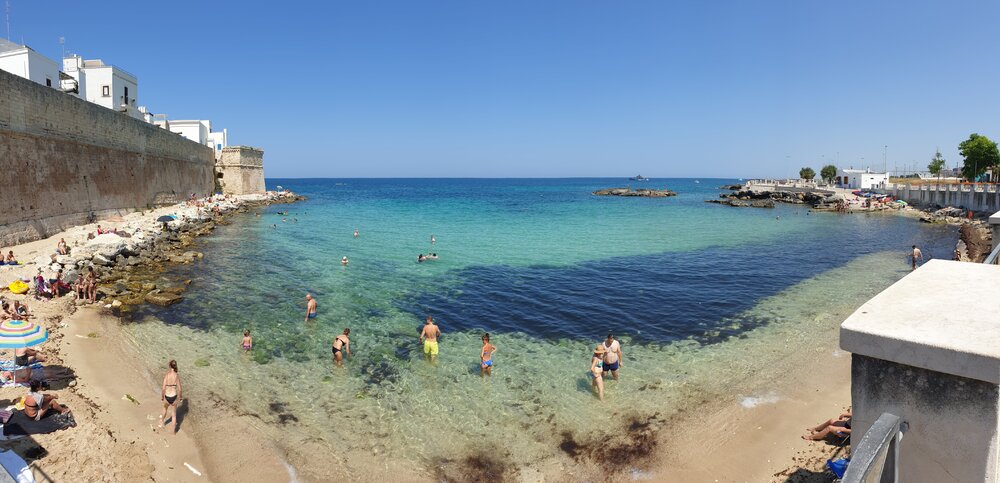
Alberobello (Alberobello)
«Fairytale town», «gnome houses» — these are just some of the epithets that guidebooks give to Alberobello. The whole town is a heritage of UNESCO. Characteristic houses — «trulli» — were built not only in Alberobello, they can be seen in neighboring towns on the way here. But in Alberobello, the trulli are elevated to the level of the town’s main value.
Almost no one lives in the historic part of the city anymore — all the trullos have been turned into stores, restaurants, souvenir stores and hotels. You can stay in a real trullo house from 80 € to 800 €. If you decide to stay here for the night, I recommend you to focus on the average price of 120 € in low season and 150—180 € in high season.
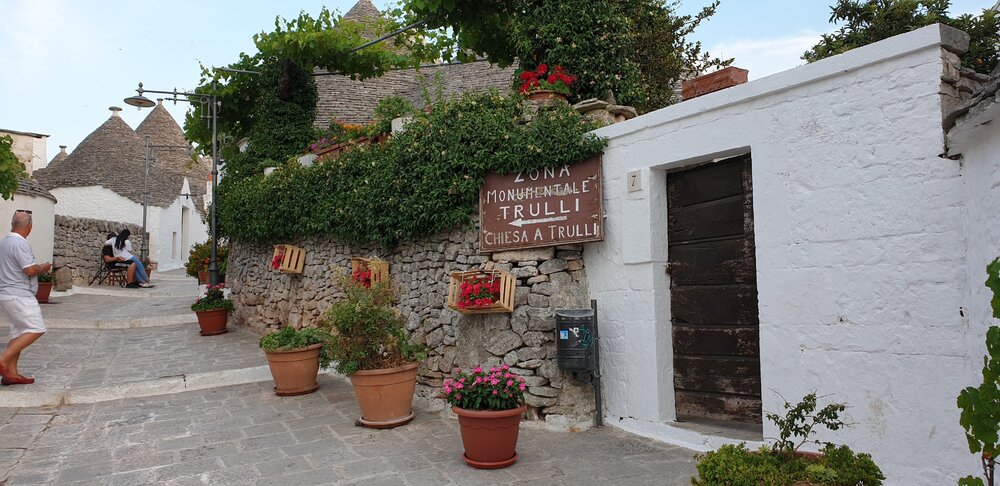
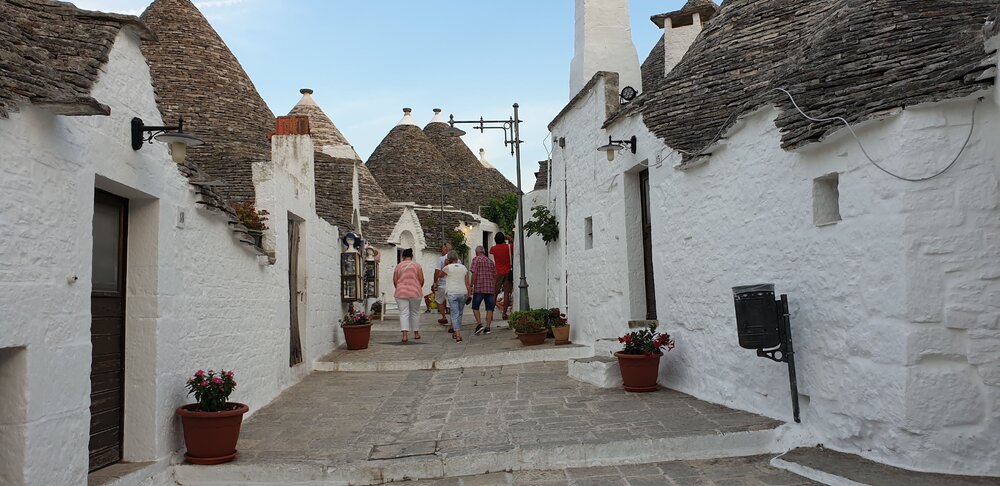
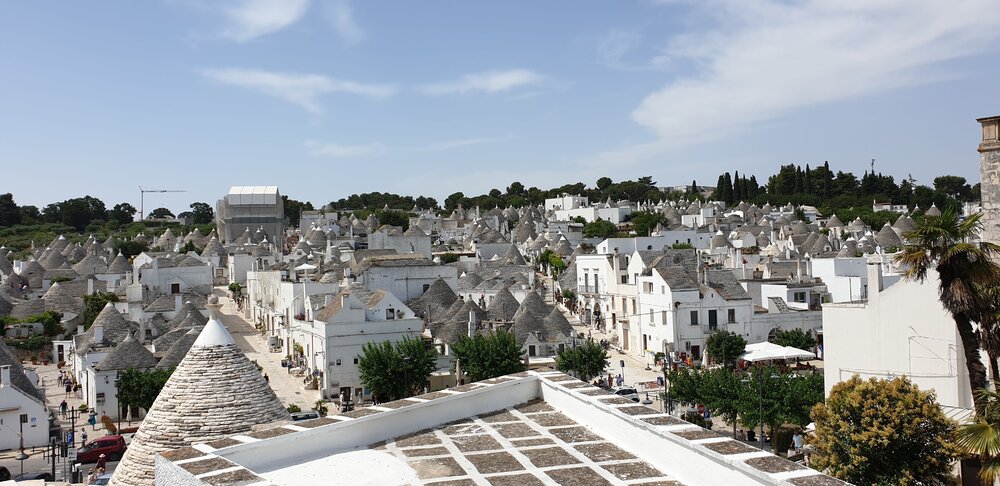
What you need to know before traveling to Barletta
- Barletta is great as a central point for exploring the northern part of Puglia and for lazy beach vacations. And it’s just as bad for exploring the south of the region: getting to any points south of Monopoli is already unnecessarily long and expensive. For southern Puglia, choose another city.
- The same vacation plan can be applied if you stop in Trani, Bisceglie, Molfetta or any other town along the train route. I recommend Barletta because it is the largest coastal town in the province of Barletta-Andria-Trani and you won’t get bored here.
- Most southbound trips will have to be made with a connection in Bari.
- During the day, the city is very hot and everything closes for siesta. You can spend the hottest hours in a hotel, in a castle or in a pinacoteca. Grocery stores are open. In front of the Colossus there is a bar that is open almost all day. You can’t have lunch there, but you can have a beer.
- The cost of accommodation in Barletta is lower than in the south and even in Bari: here, even in high season, you can find a good room with breakfast in the center of town for 50—60 €. We stayed in a B&B for 52 € per night, with breakfasts in a nearby bar.
- From the city center to the train station — about 15 minutes on foot. The same distance from the center to the nearest beaches.
